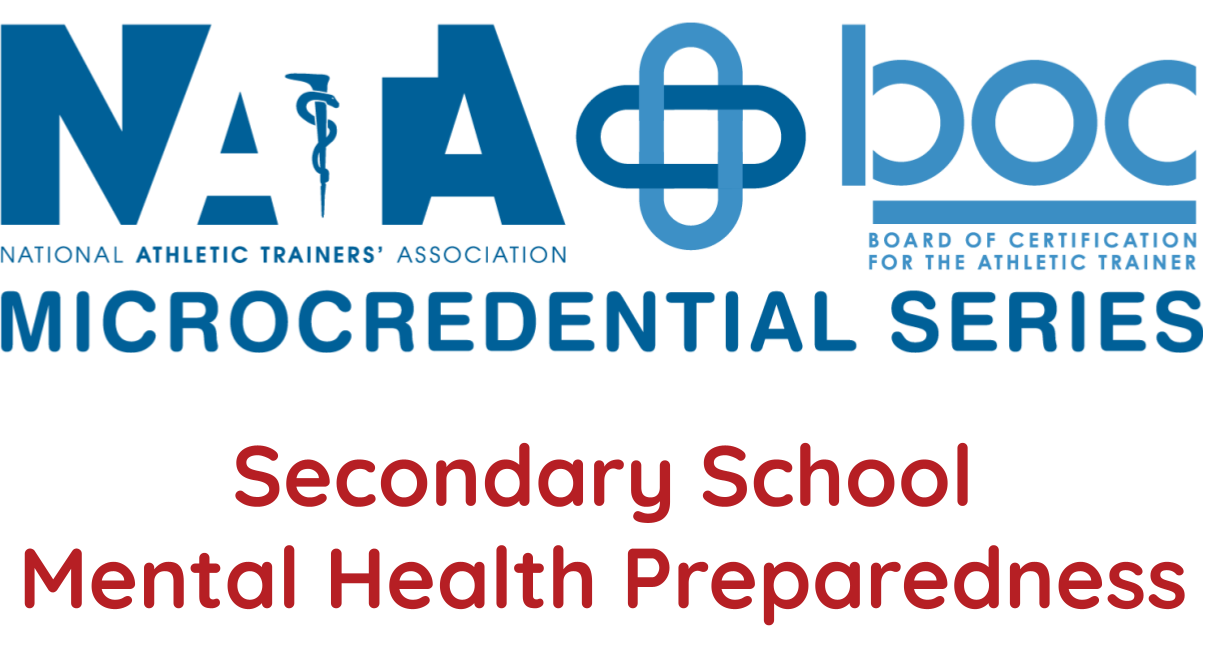
Michael Higgins PhD, ATC, PT, CSCS, LAT
Michael is a Professor and Director of the Graduate Athletic Training Program at the University of Virginia. He received a Master’s degree in Athletic training from the University of Virginia and a PhD in Biomechanics and Movement Science from the University of Delaware.
Michael has over 32 years of experience working in both the clinical and collegiate settings. His clinical work focuses on manual therapy and athletic specific training. He has worked at the Union Memorial Sports Medicine Center in Baltimore, MD. He was an assistant professor and Associate athletic trainer at Duquesne University and University of Delaware where he worked primarily with, men’s lacrosse, men’s basketball, and women’s soccer. He was also a co-owner of Sports Performance Training Systems providing sport specific training for athletes of all ages.
He has presented at local, state, regional, and national conferences on head impact biomechanics in lacrosse, soccer and manual therapy techniques for the extremities and spine, and athlete specific rehabilitation/training. He has numerous publications in peer reviewed journals and is the author of the textbook Therapeutic Exercise from Theory to Clinical Practice.
He was awarded the NATA Service Award and Most Distinguished Athletic Trainer Award from the National Athletic Trainers’ Association for his contribution to the Athletic Training profession.

